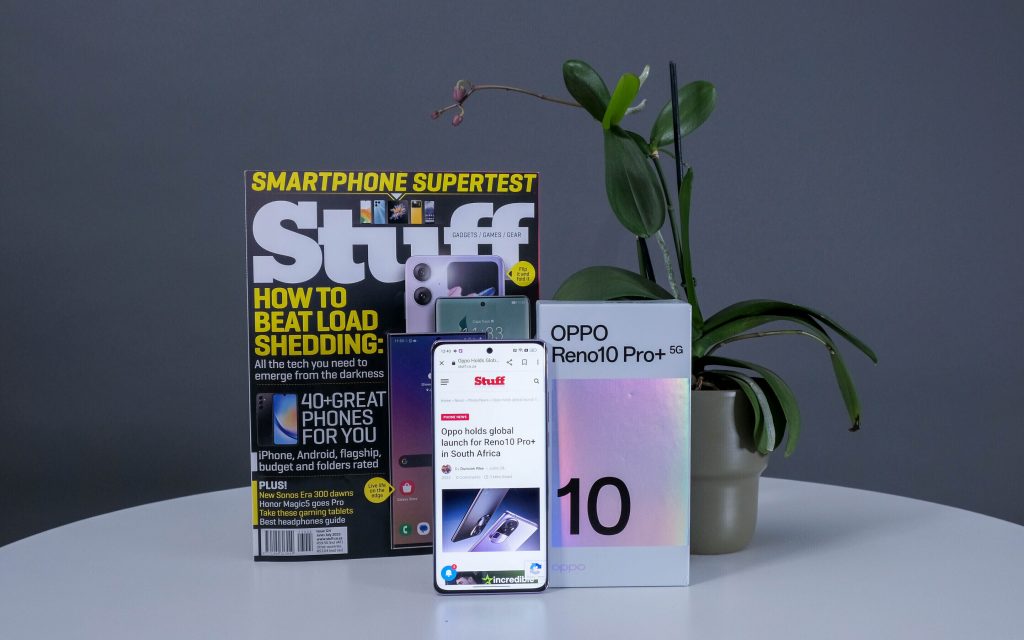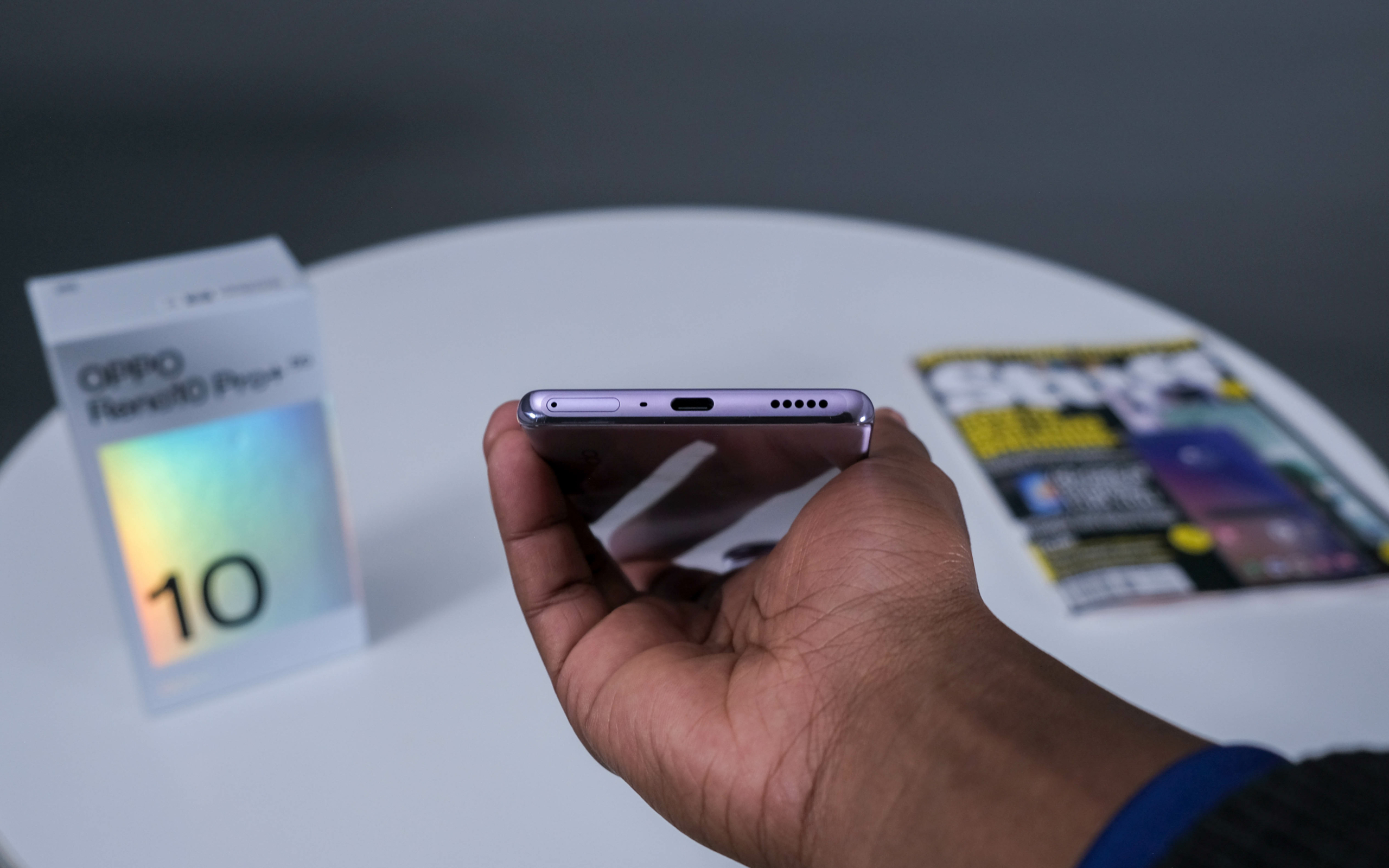The Oppo Reno 10 Pro+ competes favourably, on a performance level, with the best phones to launch in 2022. Unfortunately it's also competing, on a price level, with the best phones to launch in 2023. More effort on the build and an actual IP rating would have helped justify the price. As it stands, this is a good phone. But you can do better elsewhere for the same money.
-
Design
-
Performance
-
Battery
-
Camera
-
Price
Another day, another Chinese smartphone brand out for your attention. This time around it’s the Oppo Reno 10 Pro+ 5G that wants you to notice what it has on offer. If you’ve been watching the company’s progress, you’ll know that Oppo has been sneaking up on the high-end market in gradual increments. The Reno 10 Pro+ is the end-point, more or less, of that journey. Was it worth the trip?
To be completely blunt… not really. That isn’t to say that Oppo’s got bad hardware here. It’s just that the price and features don’t line up with what the competition offers. The Reno 10 Pro+ will set you back R22,000 if you’re paying cash. Once you cross the R20k mark, you’re expected to have a few essentials sorted out. Oppo left a couple of items off the to-do list.
Not so fantastic plastic
Every Chinese smartphone seems to be borrowing a page from Samsung’s old playbook. The Reno 10 Pro+’s visual design includes downsloping edges that meet at the frame. The South Korean developer favoured the design from the Galaxy S6 to the Galaxy S9. It’s up for grabs now, obviously. But while Oppo’s nailed the front look, the rear panel isn’t what we’d expect from a device at this price point. The usually-shaped camera bump is stylishly presented, if a little thick, but the rest of the back end is… plastic. Not glass. Not metal. Plastic.
That’s jarring enough but it might be why Oppo’s trying to position this as a mid-range phone. Unfortunately, South African pricing doesn’t agree with that idea. Still, everything else is in order. The bottom edge hosts a speaker vent, USB-C charge port, and SIM tray. Up top is another vent and an infrared (IR) blaster. The app you need to turn your smartphone into a remote control is included from the first boot, which is a decent touch. Missing in action is the 3.5mm headphone port.
So last year
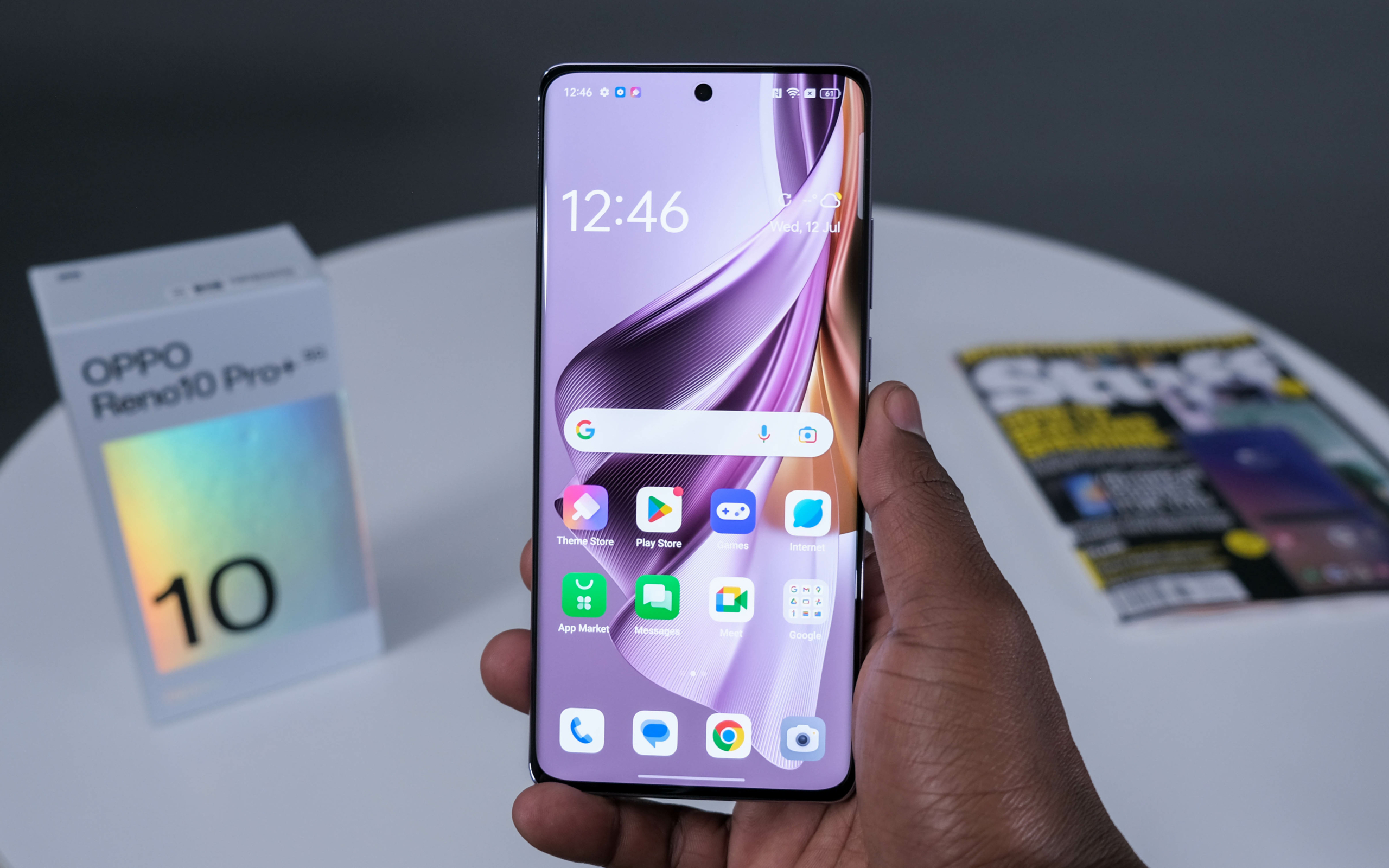
The other point that disagrees with the idea that this is a mid-range phone is the internal hardware. There’s a Snapdragon 8 Gen 1 inside here. You know, last year’s best Android processor? Also included is 12GB of RAM. If this was a true midrange phone, we’d be holding a freaking unicorn, at least in terms of device power. As it stands, it’s just making threatening noises in the direction of 2023’s big boys and hoping they don’t come over there and steal its lunch money.
That said, you’ll have no cause for complaint if you’re only looking at the performance of this device. Pay no attention to what you can get elsewhere for the same price and you’ll be fine. Screen transitions are snappy and there’s enough power here for gaming if that’s your thing. The 6.7in AMOLED screen is also pleasant to look at, even if it’s marred a little by the ColorOS skin running over Android 13.
It’s all just so busy, which isn’t something you want to say about a brand-new smartphone. Oppo’s decided that what we really need is a bunch of apps installed from the outset. Perhaps it works for some folks but we’re not part of that list. If we want Facebook installed on a device, we’ll put it there. Some inclusions — Spotify, Google’s apps, Netflix — make sense but Zen Space? Phoenix, which seems to be a third-party web browser and file manager with the inclusion of extra advertising? What’s the point of that? Why is Oppo actively trying to make a functional experience worse?
Lens be friends
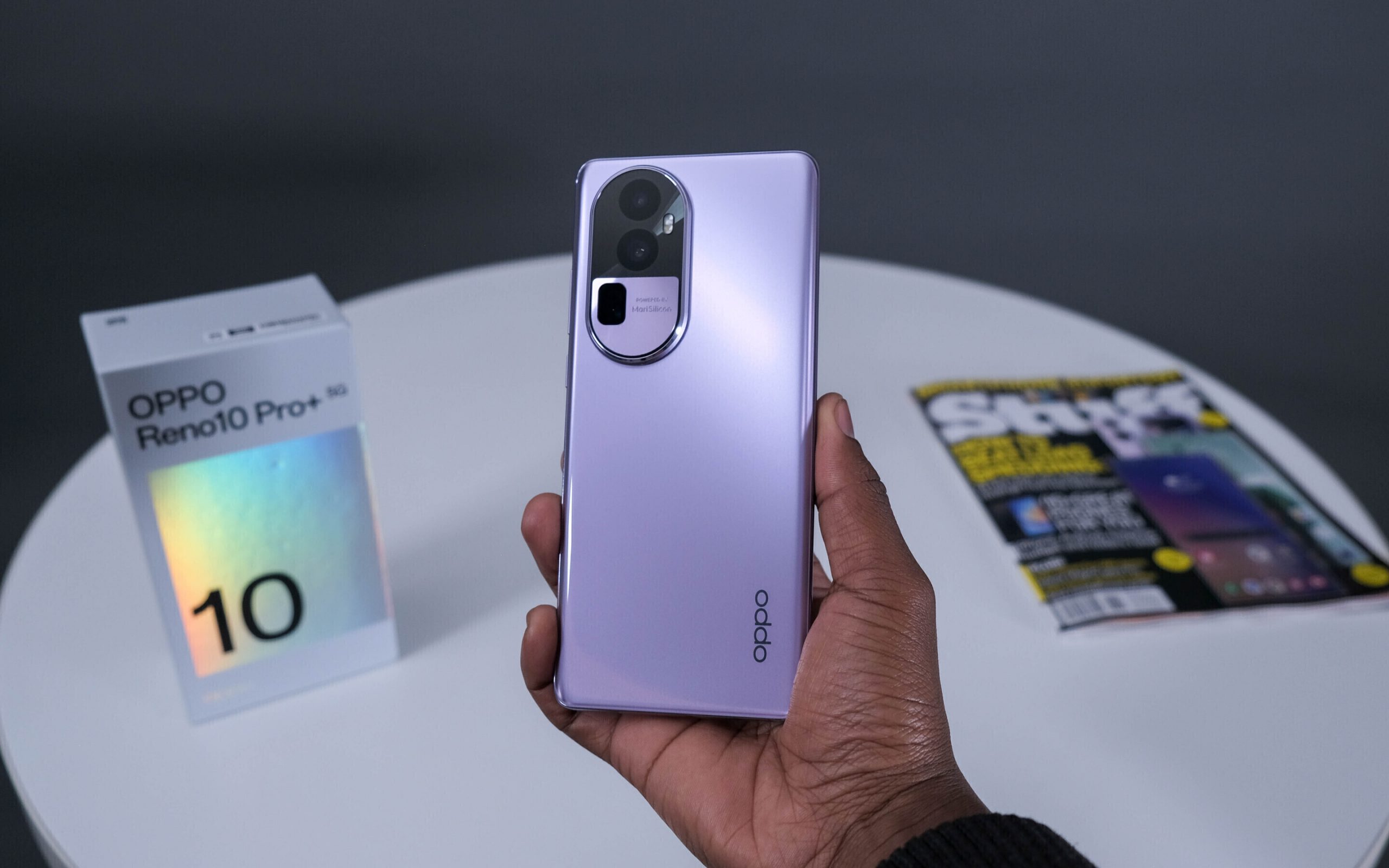
The Reno 10 Pro+ tried to go harder with its cameras. That much is obvious by the design attention lavished on the cartouche-shaped protrusion at the back of the phone. The actual camera specs too. There’s a 50MP main sensor, a 64MP periscope telephoto, and then an 8MP ultrawide to fiddle with. Again, this isn’t the lineup you’d expect from a mid-range phone. This is Oppo coming for some of Huawei’s market share.
It misses the mark a little. Huawei and Samsung both offer better cameras, even with lower pixel counts thrown into the mix. That might be because the bigger players are running better, smarter software but the end result is the same. Still, the Reno 10 Pro+ doesn’t screw around. You’ll capture some nigh-perfect shots, whether you’re shooting interior or exterior pictures. Low-light performance is similarly decent.
Your shots will vary based on actual conditions but the Reno 10 Pro+ handles itself well when it’s murkier out. Available lighting is amplified enough to pull decent detail from low-light shots. You might even find yourself grabbing some utility from the 32MP front-facing camera if you’re the social sort.
Ups and downs
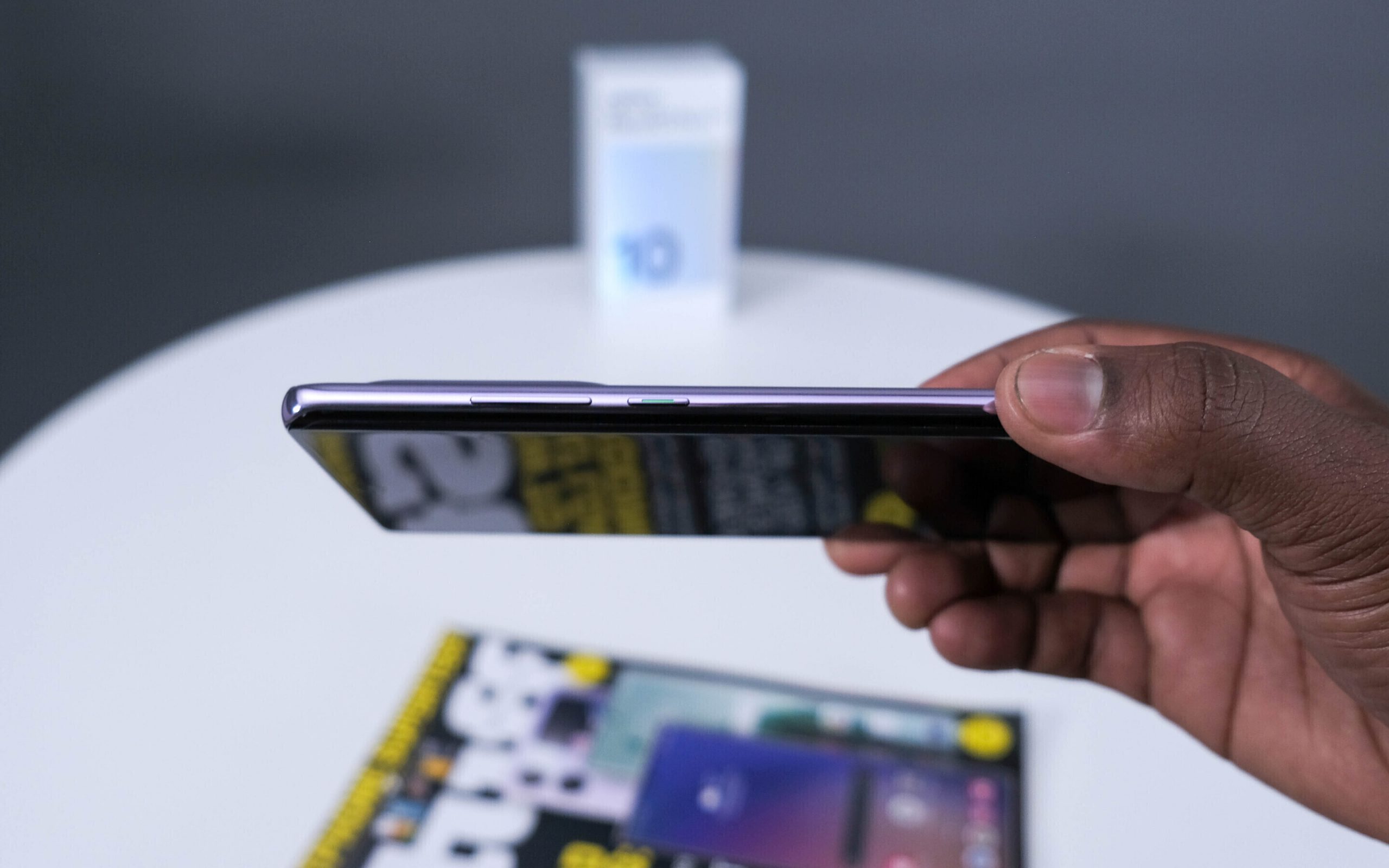
There is one addition we haven’t covered yet and then two glaring omissions you should be aware of. First, the good news. Users can expect 100W wired charging, with its attendant race to 100%. You’ll find that it’s extremely hard to run low on battery when a few minutes of wire-time can have you nudging the full battery mark.
The downside is that the phone’s build precludes any kind of wireless charging. You can reverse charge another device but you’ll be using a cable to do so. This isn’t much of a wrench but the second missing feature makes the Reno 10 Pro+’s R22,000 RRP seem a little silly.
For a phone that costs more than twenty grand to launch without any sort of IP rating whatsoever is almost hilarious. It’s not waterproof or splashproof. It won’t survive any of the many liquid-based deaths that could claim your smartphone. That’s… less than ideal.
Oppo Reno 10 Pro+ 5G verdict
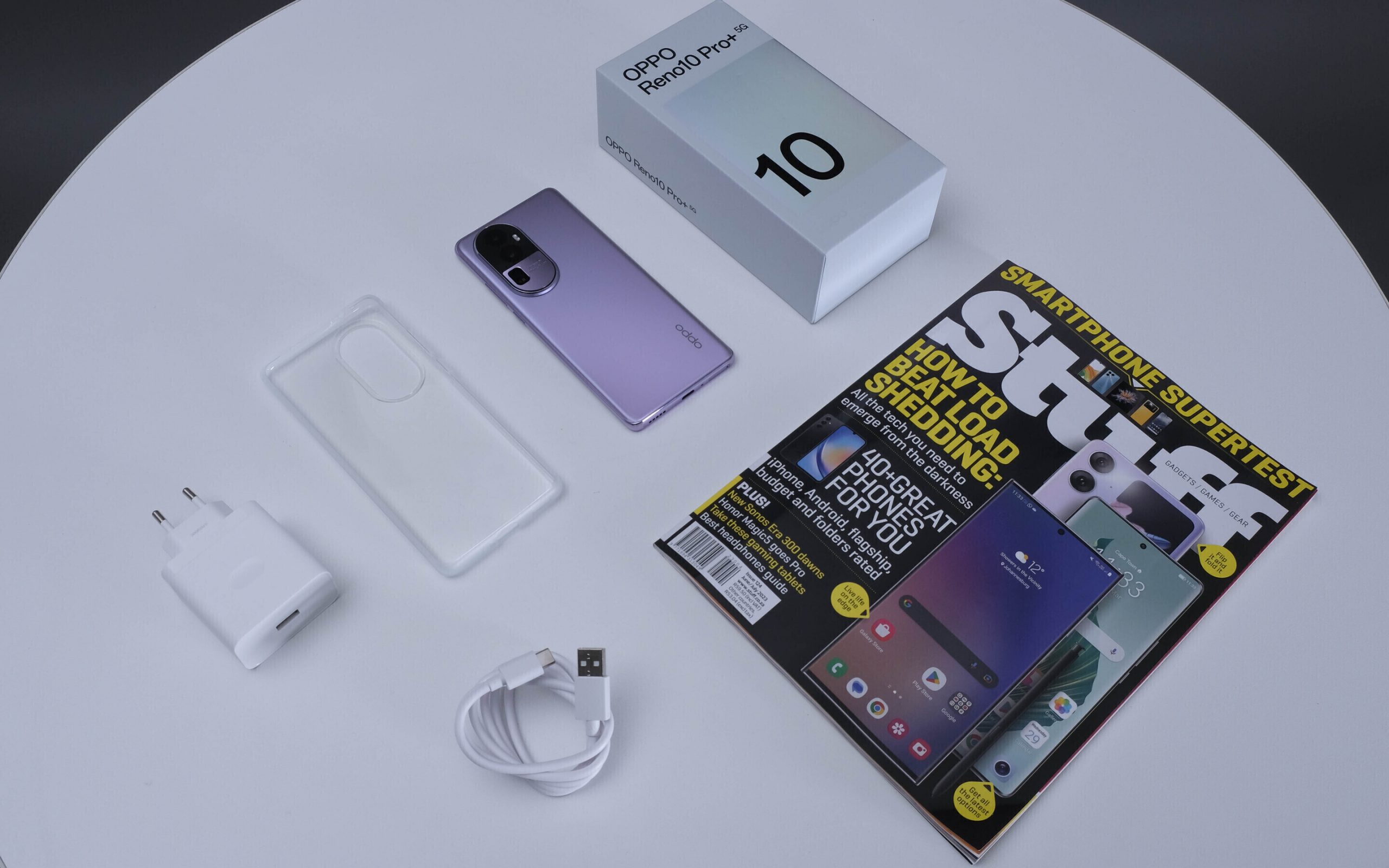
Oppo has attempted to position this phone as being part of the mid-range but unfortunately, the Reno 10 Pro+ doesn’t agree with that. First of all, there’s that name. Why go to the trouble of adding a ‘Pro’ and a ‘+’ unless you’re looking to capture market share? That R22,000 price point puts it in direct competition with Samsung’s Galaxy S23 and S23+, two devices that outclass this one in terms of build and performance. Yes, even with the step-down in RAM.
Why should you pick up one of these over Samsung’s headliners? We’re struggling to come up with an answer to that. By all means, buy one of Oppo’s new smartphones. It’ll handle its side of the arrangement. But you could do better.

